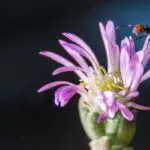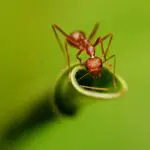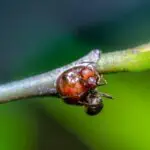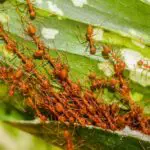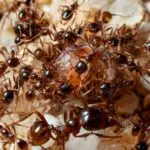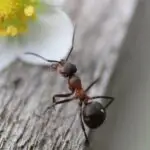When Ants Domesticated Fungi
During the last 65 million years, ants have been cultivating fungi for food. Scientists have determined when ants began doing this, and how they did it. They’ve also created an evolutionary tree that explains the process. The results are based on the DNA of modern ants, which allowed researchers to study the relationship between ants and fungi.
The earliest ants were probably farming fungi in South America’s rainforests. Scientists found that the genomes of ants changed during the transition from hunting to farming. This was likely triggered by the arrival of a dramatic global cooling event, which began about 35 million years ago. It also seems that this event sparked the rise of insect societies.
The evolution of ant agriculture may have started because ants were forced to leave wet forests. The ants were then able to cultivate fungi in drier regions. Fungi grew best in underground gardens, so ants created these. They also maintained a controlled environment to keep the fungi growing.
Phylogenetic studies have shown that the ancestors of leafcutter ants, which live outside of tropical forests, developed fungus gardens early in their history. Leafcutter ants evolved from a hunter-gatherer lifestyle, where they harvested the fungi in the forest and carried the leaves home. The ants then switched from small subsistence farms to more advanced farming systems.
Fungus-farming ants avoid pests and diseases, and fight parasitic fungi. They also produce a natural antibiotic, which acts as a pesticide. The ants are able to spread the genes of their original cultivars to new colonies.

